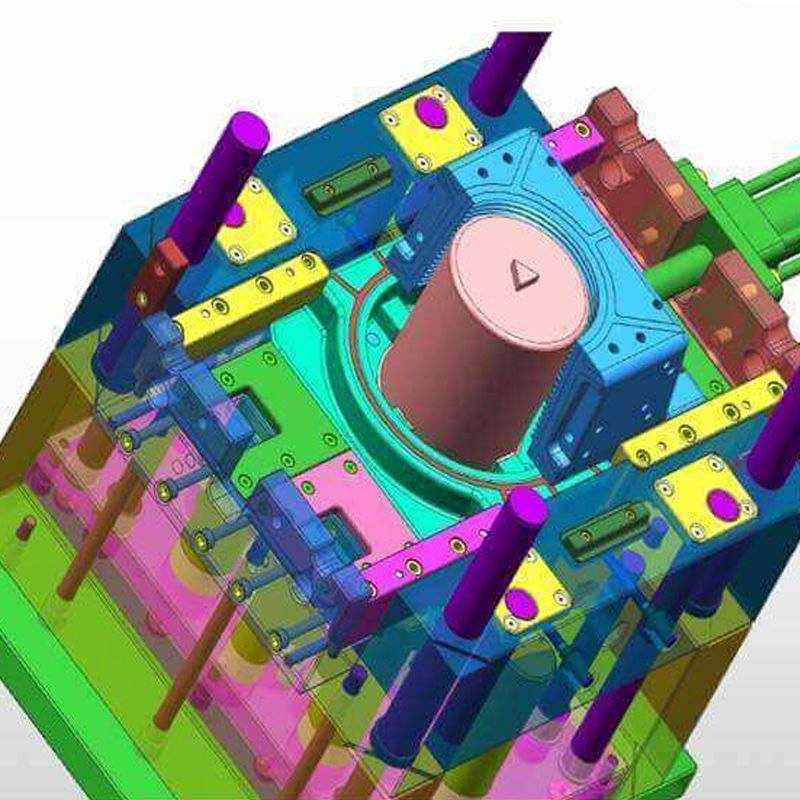Hi, friends! This is Sunny from Toolingsun, and today we’re diving deep into an essential process that can make all the difference in the quality and efficiency of your injection molding projects—Mold Flow Analysis. Whether you’re a manufacturer, engineer, or business looking to improve production, this blog will break down the significance of Mold Flow Analysis and how it can be a game-changer for your mold designs. By the end of this post, you’ll understand how this technique works, its benefits, and why it is crucial to enhancing your injection mold designs.
What Is Mold Flow Analysis?
Mold Flow Analysis (MFA) is a powerful software-based simulation tool used in plastic injection molding. It predicts how molten plastic flows into the mold cavity, how it fills, and how it cools and solidifies to form the final product. By creating a virtual model of the mold cavity and simulating various real-world conditions, manufacturers can examine potential issues and refine their mold designs before production even begins.
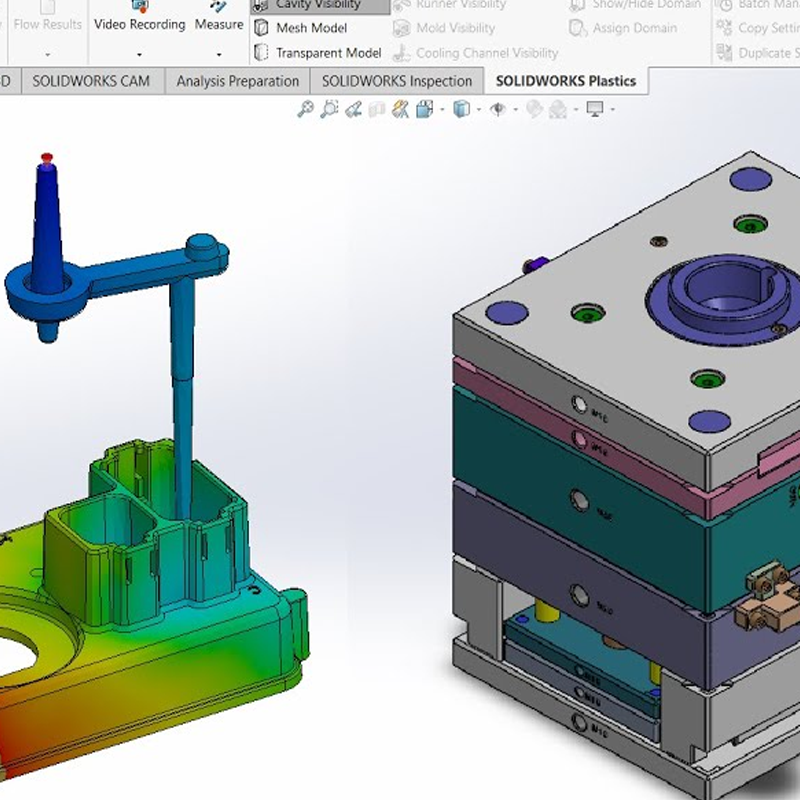
The simulation includes critical factors such as material properties, injection pressure, temperature, mold geometry, and gate placement. The software uses mathematical models to predict how the plastic will behave, allowing designers to make informed decisions early in the process. This leads to higher-quality parts and reduced risks of defects.
Why Mold Flow Analysis Matters
The primary goal of Mold Flow Analysis is to optimize mold design and manufacturing parameters to ensure the highest quality, cost-effectiveness, and speed. By testing the design virtually, manufacturers can catch common defects early—such as air traps, weld lines, short shots, and sink marks—before they turn into costly problems. At Toolingsun, we leverage Mold Flow Analysis in every stage of mold design to ensure that the parts we produce meet the highest standards.
How Does Mold Flow Analysis Work?
Mold Flow Analysis provides a detailed, step-by-step simulation of the injection molding process. Here’s how it typically works:
-
Importing CAD Model:
The first step in the mold flow process is importing the 3D CAD design of the part into the software. This design must be accurate and detailed, as it forms the basis of the simulation.
-
Meshing:
The CAD model is divided into smaller elements in a process known as meshing. This allows the software to perform complex numerical calculations, providing an accurate simulation of how the plastic will behave inside the mold.
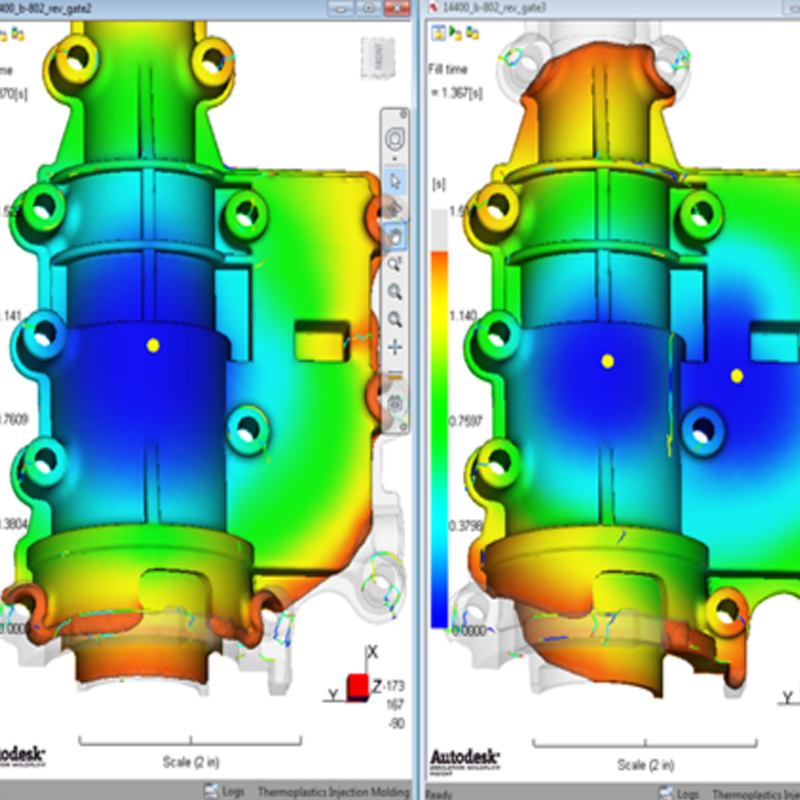
-
Material Selection:
A crucial part of the simulation is selecting the right material. Toolingsun works with a variety of materials, and the simulation includes data such as viscosity, density, and thermal conductivity to predict how the material will flow in the mold.
-
Setting Simulation Parameters:
Next, we define process parameters like injection pressure, gate locations, melt temperature, and cooling rates to mimic the actual conditions during molding.
-
Simulation and Analysis:
The software runs through the entire injection molding process, simulating how molten plastic fills the mold cavity, cools, and solidifies. It identifies potential issues, such as uneven filling, excessive warping, or inconsistent cooling.
-
Optimization:
Based on the results, design parameters are adjusted. For example, optimizing gate locations, cooling channels, and material choices can significantly improve product quality and reduce cycle times.
Benefits of Mold Flow Analysis
Implementing Mold Flow Analysis has several key advantages for mold design and production efficiency:
-
Optimizing Design and Reducing Iterations
Mold Flow Analysis allows manufacturers to test various designs and materials virtually, without the need for expensive prototypes. By simulating different scenarios, we can optimize gate locations, wall thickness, and cooling strategies to ensure the best possible performance. This reduces costly iterations during physical testing and speeds up time-to-market.
-
Improving Part Quality and Consistency
One of the most significant advantages of mold flow analysis is the ability to predict and prevent quality issues. The software highlights potential defects such as short shots, air traps, and weld lines before production starts. Toolingsun ensures that the parts we manufacture meet stringent quality standards and maintain consistency throughout production runs.
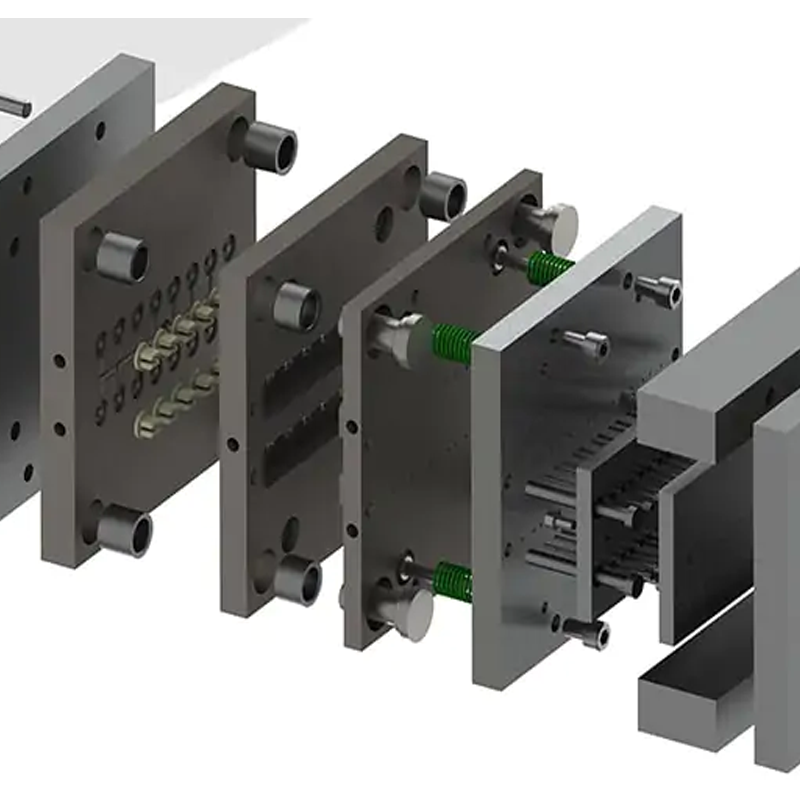
-
Cost Savings and Reduced Lead Times
By identifying issues early in the design process, mold flow analysis helps eliminate trial-and-error, reducing both tooling costs and lead times. Optimizing cycle times can lead to significant cost savings—often reducing production time by 10-30%, which directly impacts your bottom line.
-
Evaluating Materials and Enhancing Efficiency
Mold Flow Analysis also helps in evaluating different materials and their behavior during molding. This allows for better material selection, ensuring that the chosen material is the best fit for the part’s mechanical properties and production requirements. Additionally, by optimizing the packing and cooling processes, manufacturers can reduce energy consumption and enhance overall efficiency.
How Mold Flow Analysis Improves Mold Design
Mold Flow Analysis isn’t just about predicting defects—it’s also about enhancing every aspect of the mold design. Here’s how:
-
Identifying Design Issues Early
MFA provides a detailed simulation that can spot potential design flaws long before any physical molding takes place. Issues like sink marks, air traps, and weld lines can be identified and corrected in the design phase, preventing costly production issues.
-
Optimizing Wall Thickness
A common problem in mold design is uneven wall thickness, which can cause defects like warping or short shots. MFA helps identify and optimize wall thickness across the part, ensuring material is used efficiently while maintaining strength and quality.
-
Optimizing Gate and Runner Systems
The placement of gates and runners is critical for balanced filling of the mold cavity. Mold flow analysis simulates different gate locations, ensuring that plastic flows evenly and minimizing defects like weld lines. Optimizing the runner and sprue design reduces waste and improves efficiency.
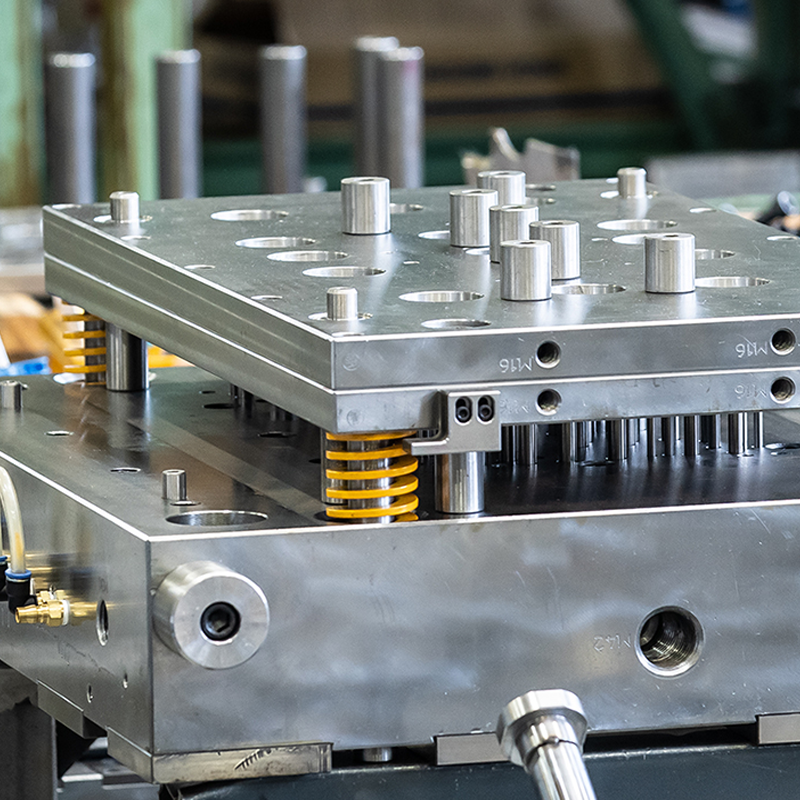
-
Enhancing Cooling Efficiency
Cooling is a critical factor in molding, affecting cycle times, part quality, and energy consumption. Mold Flow Analysis allows for optimization of the cooling channels, ensuring uniform temperature distribution and faster, more efficient cooling.
-
Material Selection and Testing
The software also allows manufacturers to test different materials, analyzing their flow characteristics and behavior under various processing conditions. This is key in selecting the most appropriate material for the part and optimizing processing parameters.
Conclusion
Mold Flow Analysis is a powerful tool that significantly enhances the injection molding process. By simulating the molding process before physical production, manufacturers can detect potential issues early, optimize mold designs, and improve the overall quality and efficiency of production. At Toolingsun, we use Mold Flow Analysis to ensure that every mold we design is as optimized and efficient as possible.
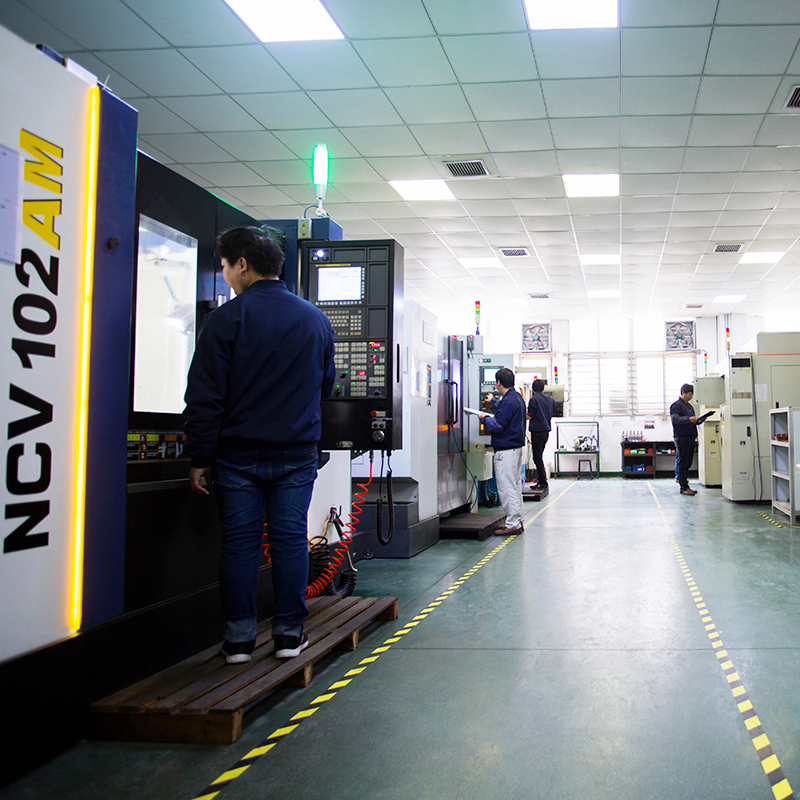
By leveraging the power of mold flow simulations, we help our clients reduce costs, improve product quality, and accelerate time-to-market. Whether you’re looking to improve an existing design or create a completely new mold, our team at Toolingsun is here to provide you with comprehensive support every step of the way.
If you have any questions or want to learn more about how mold flow analysis can improve your production processes, feel free to reach out to us. We’re here to help!

